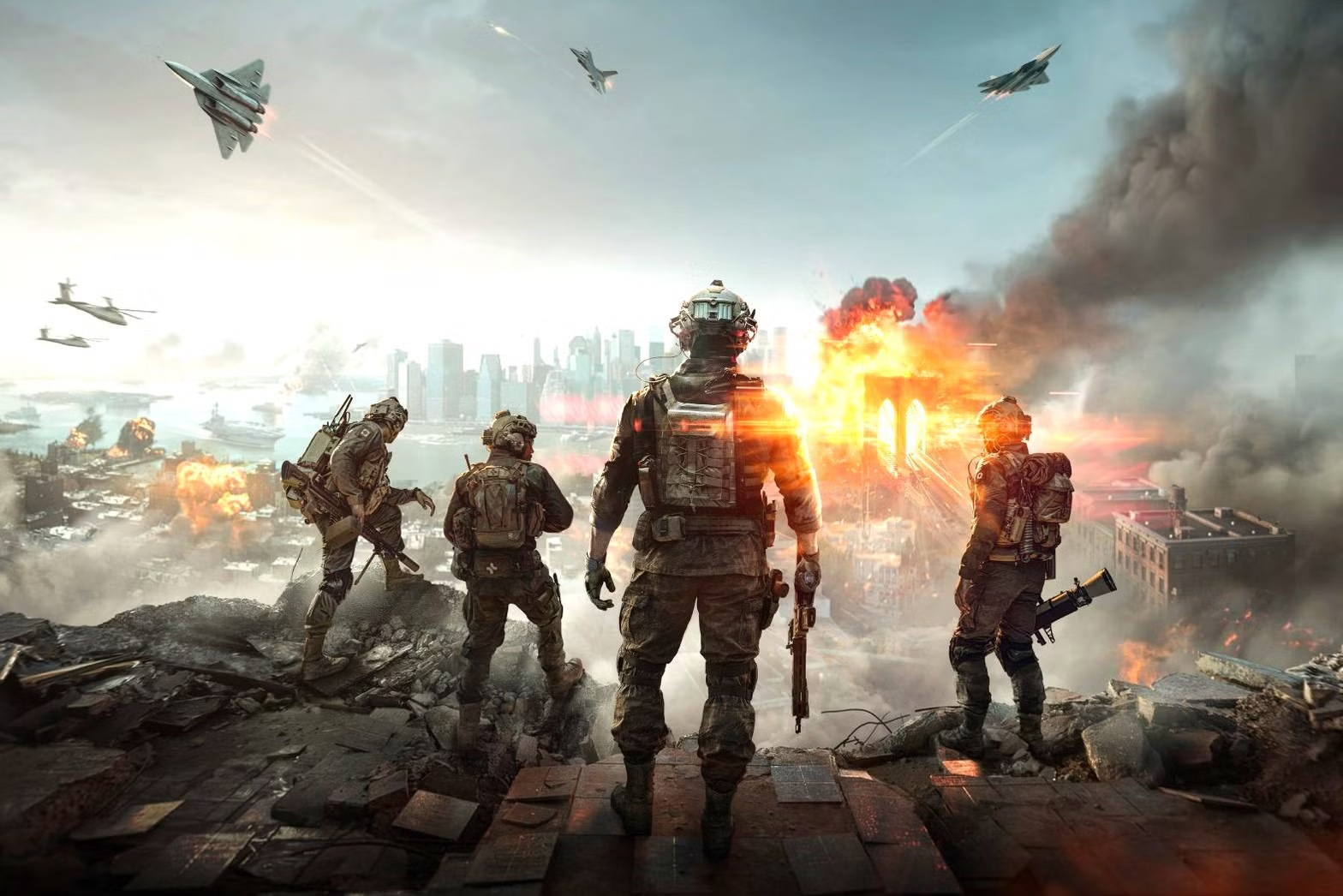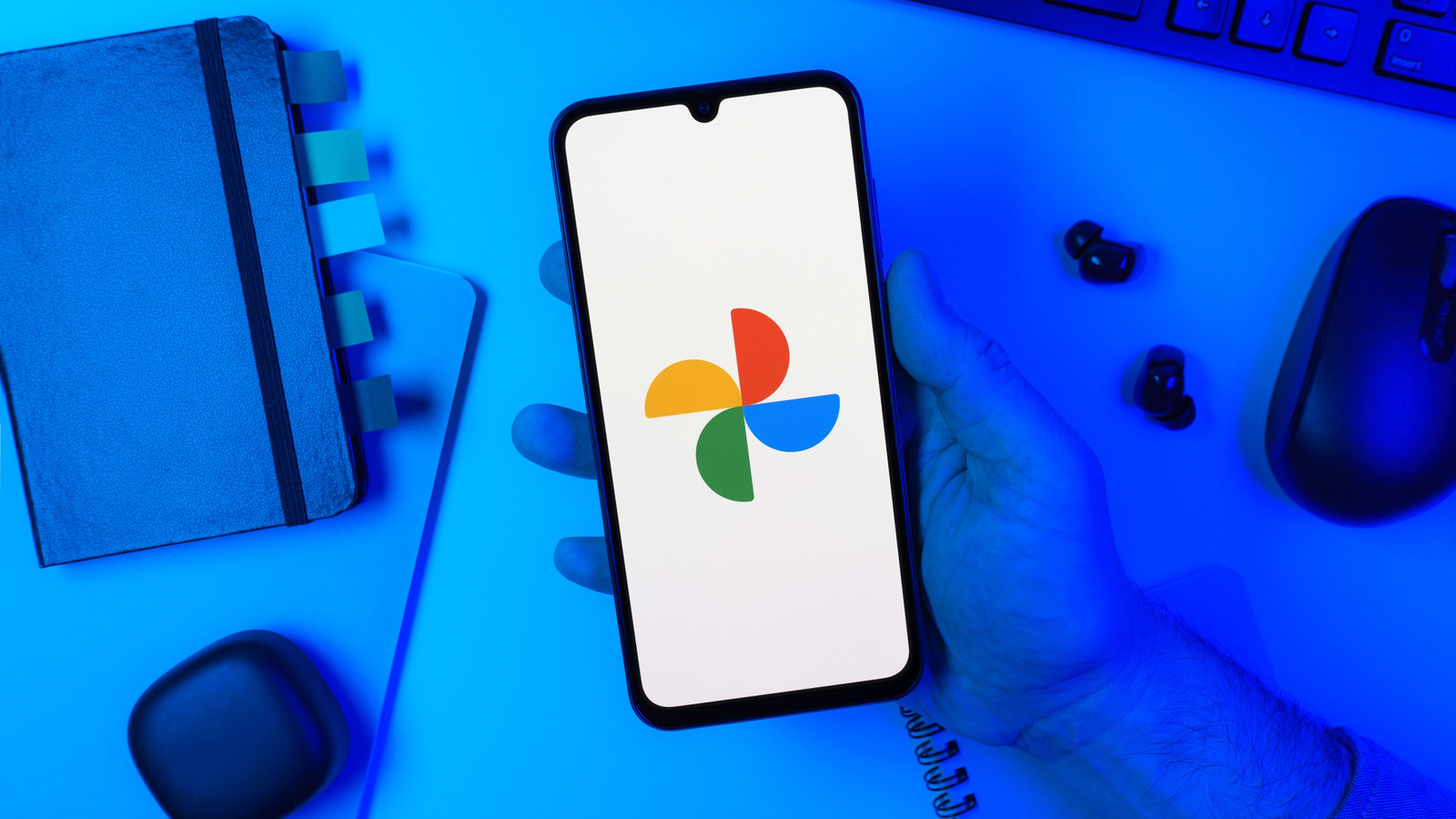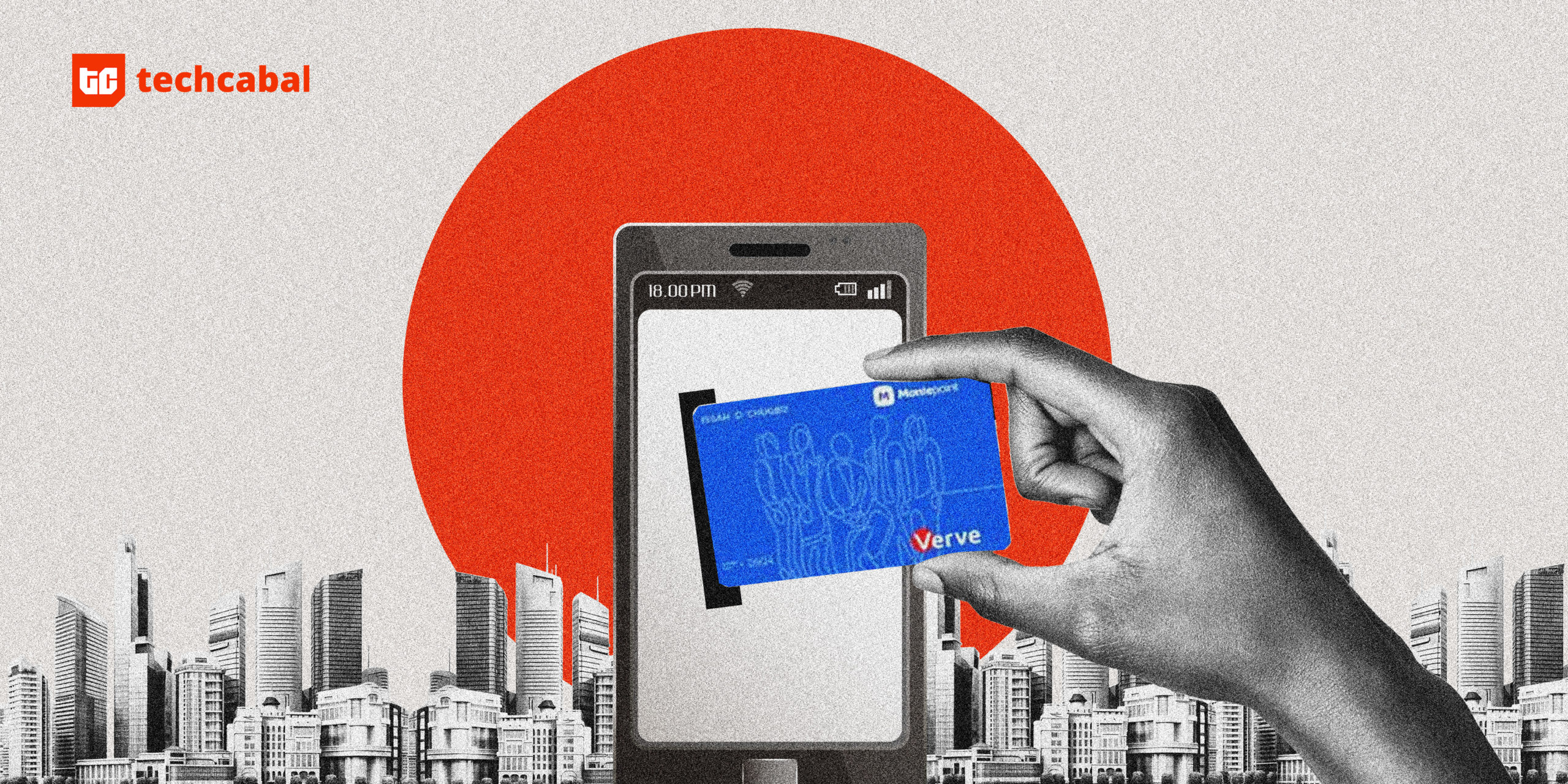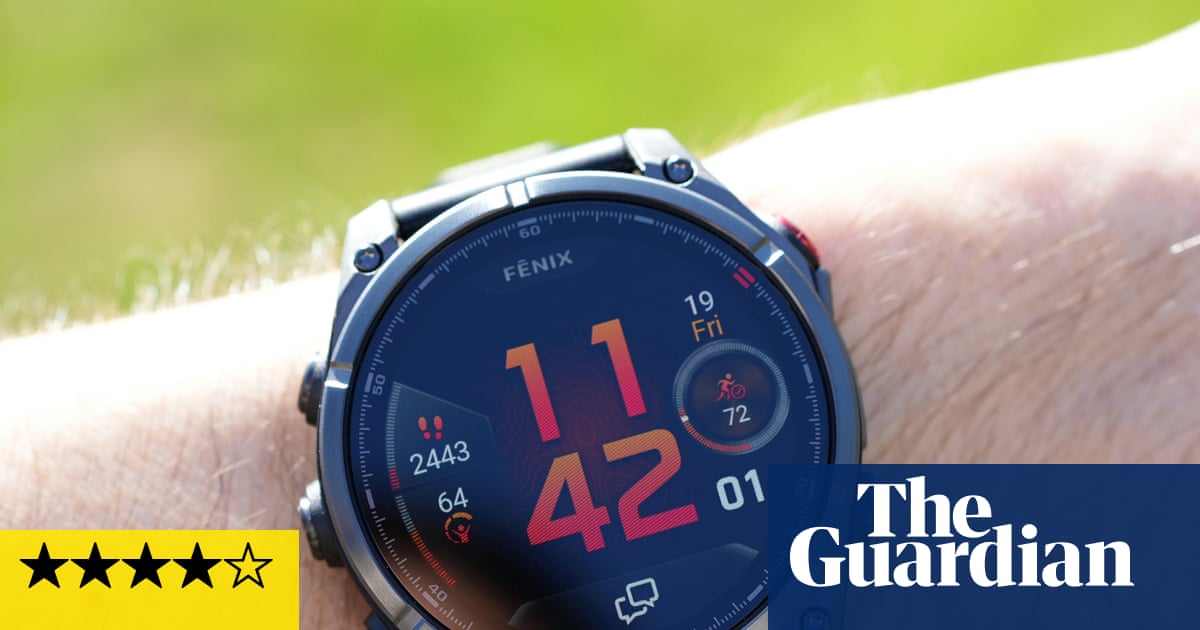It might be shifting record numbers on consoles, but the PC is the Battlefield series’ home turf – a fact the development team hasn’t forgotten. Battlefield 6 has skipped some 2025 tech trends in the name of performance, but still looks drop dead gorgeous with all the visual treats turned on.
EA’s large-scale shooter isn’t as demanding on your hardware as its epic explosions might imply, no matter what resolution you care to play at. That makes it a great test of the current graphics card sweet spot, Nvidia’s RTX 5070, showing whether 12GB of video memory enough to get the job done at 4K, and proving DLSS upscaling isn’t a requirement for playable frame rates in every modern PC game.
All my testing was done on a prebuilt system supplied by PC Specialist. While you’d never call it a budget rig, the Intel Core Ultra 7 processor is more affordable than the AMD equivalent, and the RTX 5070 is still (just about) in mid-range territory when bought standalone.
| Stuff gaming PC tech specs | |
| Motherboard | Gigabyte Z890 Eagle WiFi 7 |
| CPU | Intel Core Ultra 7 265KF |
| Memory | 64GB Corsair Vengeance 6000MHz |
| Storage | 2TB Samsung 990 Evo Plus |
| GPU | Nvidia RTX 5070 12GB |
| Cooling | 360mm AiO water cooling |
| PSU | Corsair 750e |
Recommended retail pricing is pretty meaningless for graphics cards, given every board partner does cooling and out-the-box overclocking a little differently, but right now the RTX 5070 12GB sits around $100/£100 more than an RTC 5060 ti 16GB and $200/£200 less than an RTX 5070 ti.
The 5060 ti might have more memory, but it doesn’t run as fast as the 5070’s 12GB, and its underlying GPU sits behind the 5070 in terms of raw grunt. That’ll really make the difference when higher resolutions come into play. Benefits over the 5070 ti, other than the lower price? You can get an RTX 5070 with just two cooling fans, so it’ll fit in smaller PC cases – and will be less likely to sag in its PCIe socket.
Engine: Frostbite is fantastic
Battlefield Studios’ Frostbite engine is tried and tested at this point, but don’t assume that means it’s in any way showing its age. This is a gorgeous looking game, with a level of destruction you just won’t find anywhere else. The way buildings crumble, vehicles detonate and rubble kicks up dust as multiplayer matches get hectic is properly visceral.
The dev team has balanced the visuals with performance, using more traditional lighting techniques rather than flashier (but ultra-demanding) ray tracing. That’ll have owners of older graphics cards breathing a sigh of relief. It means upscaling isn’t a requirement for getting a playable frame rate, either. You also won’t see any of the micro-stutter or shader compilation slowdown that’s seemingly endemic of new releases built on Unreal Engine 5.
You’re not short on settings to tweak: EA reckons there are over 600 for the PC version, with support for ultrawide monitors and HDR. Frame rates are uncapped, too.
Scalability is the name of the game here: while the Overkill detail preset will push even top-tier hardware, the visuals hold up as you drop down to Ultra or High. Even the Low preset looks very presentable – texture pop-in and diminished shadow details aside – so for the most part you can pick a preset and dive straight in.
Performance: crank those details
I started at the top, picking the Overkill detail preset and 1080p resolution before testing in both a campaign level and in multiplayer matches. The RTX 5070 barely breaks a sweat here, managing an average of 120fps and never dipping below 100. That’s with native rendering, too. I’ll dig deeper into DLSS upscaling and frame generation in the next section.
1440 play with native rendering is no problem either, with an average of 83fps. Any performance dips stayed above the all-important 60fps mark, so gameplay is still wonderfully smooth. This is where the RTX 5070 is arguably most at home.
4K resolution is where the card begins to find its limits, at least where native rendering is concerned. I saw an average of 41fps, with drops as low as 33fps when things got manic onscreen. At this point the game is also demanding more than the card’s 12GB of VRAM. A monitor with variable refresh or G-Sync will be able to partly smooth this performance over, but if you insist on playing at UHD resolution this is when to consider dropping some details.
Going from Overkill to the Ultra preset netted me between 15-20fps on average at native 4K, which is a big jump. Here Battlefield 6 hovers around 60fps, with some small dips into the mid-50fps ballpark. The difference isn’t huge, either; this is still an outstanding looking game on Ultra. Switching to the High preset only gains a few frames more on top, so I don’t think it’s worth the visual trade-off.
Upscaling and frame generation: 4K all day

While it’s great to see a AAA blockbuster in 2025 that doesn’t require upscaling to achieve playable frame rates, there’s no question tech like DLSS can make a massive difference to Battlefield 6. Nvidia’s algorithmic super sampling is effectively ‘free’ performance, now the firm has dialled out most of the shimmer and visual artifacts present in earlier versions.
Using DLSS alone at its Performance preset, I saw Full HD performance climb from a 120fps average to over 175fps. Switching to 1440p resolution, my average went from 83fps to 130fps. Finally, 4K performance rose from 41fps to around 85fps. That’s a 40-50fps gain, with such a minor difference to picture quality – especially at the pace Battlefield 6 moves at – that it’s basically a no-brainer.
Frame generation goes even further, using neural networks to generate frames and inject them between the ones rendered by the GPU. Putting the argument about ‘real’ vs ‘fake’ frames aside, there’s no denying it works wonders for Battlefield 6’s frame rates. Compared to native rendering at 4K (roughly 41fps), DLSS Performance and 2x frame generation pushed frame rates to 122fps. The 3x and 4x frame generation modes climb even further, to a heady 171fps and 213fps respectively.
If you’ve got a 4K monitor capable of 240Hz (or a 1440p screen with an even faster refresh rate) this is definitely a setting worth enabling.
Gameplay: appetite for destruction
If 2021’s multiplayer-only Battlefield 2042 missed the mark, that must make Battlefield 6 a laser-guided bullseye. Large-scale modern warfare is back with a bang, across a healthy selection of maps that really bring the series’ now-signature destruction to the fore.
Player classes make a welcome return, with clearly defined Assault, Recon, Support and Engineer roles helping focus players on team play. You’re not restricted to a specific class of weapon now, but earn bonus effects for using the guns most suited to your chosen class; an Engineer with a sniper rifle just won’t be as effective as a Recon.
I instantly gravitated to the Support role, chucking smoke grenades to block enemy vision before dragging injured teammates out of the line of fire for a revive, then laying down covering fire with an LMG. Moment-to-moment action isn’t as frenetic as Call of Duty, but game modes like Breakthrough rarely give you time to catch your breath.
Piling into a tank as a squad and barrelling across a shifting front line is a core Battlefield experience, and one this game absolutely nails. A few heavy vehicles supported by engineers can quickly turn the tide of a Conquest match, and while jets and helicopters have a higher skill ceiling, they can be even more effective.
There’s an extensive progression system, stuffed with weapon attachments and equipment to unlock as well as XP challenges to work towards. It’s a great incentive to keep coming back for one more match, even after taking a pounding the previous game.
I’m less enamoured with the single player campaign. It’s suitably bombastic (and clearly Call of Duty inspired), but the gameplay feels divorced from the multiplayer mode, with missions that are largely linear.
The near-future plot pits NATO forces against the private paramilitary group Pax Armata, framed almost entirely through flashback as you pinball around the world. There’s plenty of visually spectacular destruction on show, but only one level really lets you go to town with a sledgehammer; the biggest booms are all scripted.
Vehicles play such a minor role that Battlefield newcomers aren’t really prepared for online play to any meaningful degree, and the cosmetic collectibles aren’t much of an incentive for multiple playthroughs. That is has a campaign at all is welcome, though, given Battlefield 2042 skipped one entirely.
My advice? Blitz through it on an easy difficulty, then head straight for the multiplayer lobbies. That’s where Battlefield 6 is at its best, and what makes it a contender for the title of 2025’s best first person shooter.










